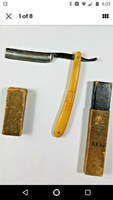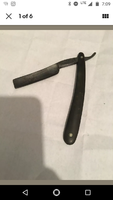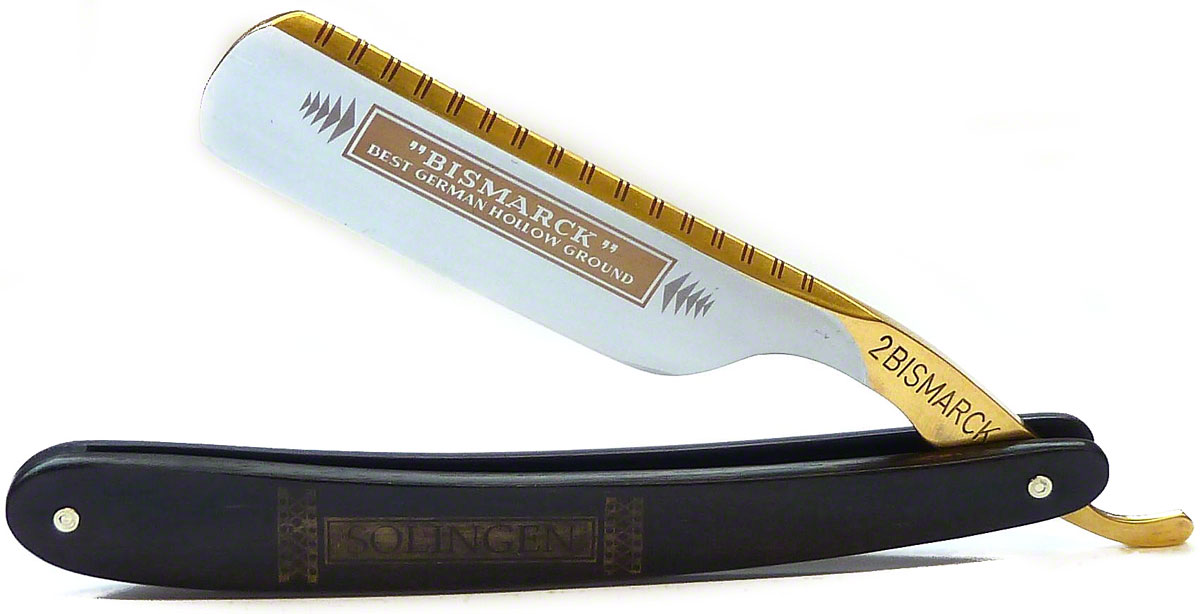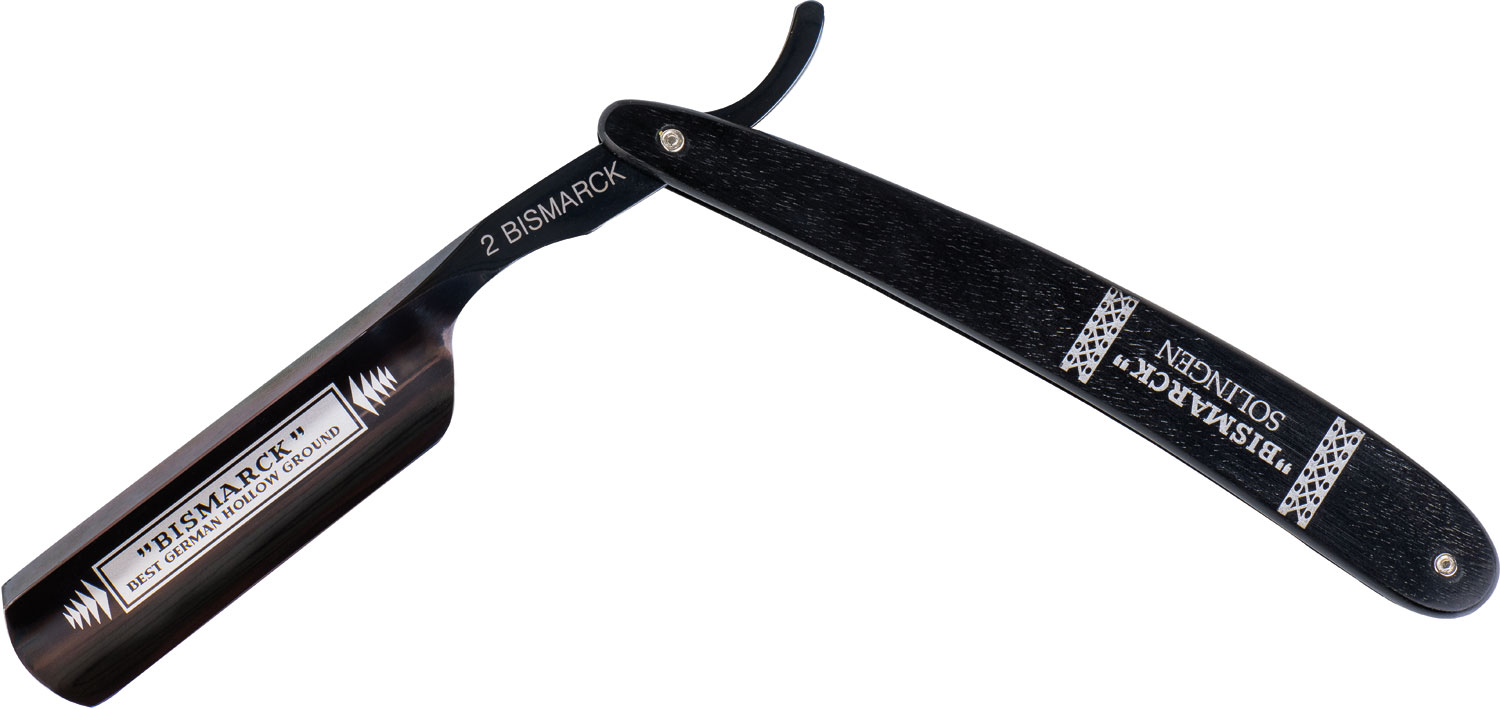Hello everyone! I recently purchased this straight razor (still in the mail) and was wondering if anyone knows anything about it. Its a t hessenbruch and has a picture of a bear on the handle.
Also, when this gets here, are there any steps i need to take to disinfect? I have heard barbisol but want to make sure what i use isnt going to harm anything.
This is my first antique razor so i appreciate the advice!
Also, when this gets here, are there any steps i need to take to disinfect? I have heard barbisol but want to make sure what i use isnt going to harm anything.
This is my first antique razor so i appreciate the advice!



